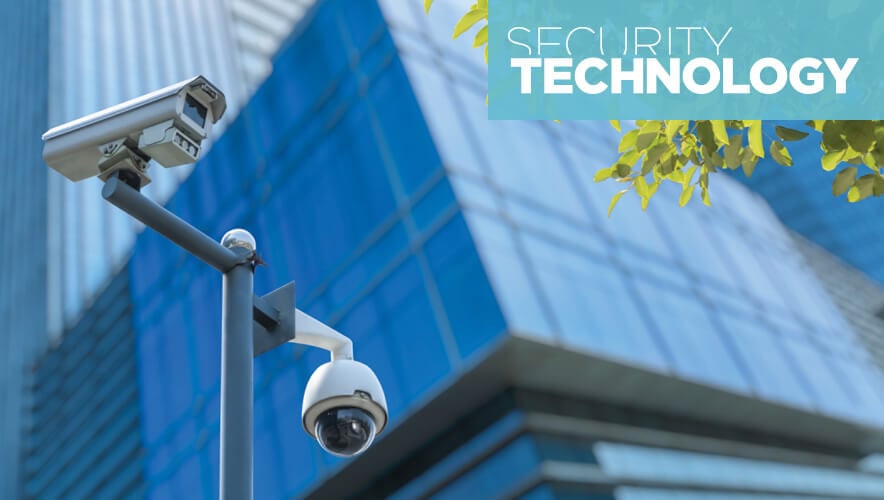Creating a Level Playing Field, One Profile at a Time
In an industry where innovation is key to the safety and accessibility of tomorrow, it is important for systems to be accessible to users—regardless of their budget. Everyone has a home or a workplace to protect, and everyone wants to know that the solution they choose will be tailored to their needs.
ONVIF, the global standardization initiative for IP-based physical security products, provides a common interface for devices and software such as cameras, video management software, and access control hardware and software. This allows companies to focus on what’s important: innovation and problem solving.
ONVIF brings out the true value of companies by eliminating the vendor lock-in effect and providing a baseline of features and functionalities that technology providers can build upon. This creates a level playing field for legacy manufacturers and start-ups, while in turn providing end users with more choice than before.
End users benefit from ONVIF standards because technology providers can now dedicate time to developing cutting edge solutions, rather than focusing on a product’s basic functionalities. This means that whether a vendor has been around for half a century or half a year, end users can know that their basic needs will be met.
Using products that conform to open standards for interoperability in the initial security installation allows end users to add newer security components form multiple vendors in the future.
For example, an access control system might use ONVIF Profile A- or Profile C-conformant products—which standardize communications between components within an access control system.
If the end user needs to add more readers to a specific location, newer Profile A-conformant readers can be installed that can communicate with the legacy Profile A-conformant access control management software already in place. If the original installation uses the ONVIF interface, there’s no need to replace the software because Profile A enables functions such as granting or revoking credentials, creating schedules, changing privileges, and enabling integration between access control and IP video management systems.
With the flexibility to blend legacy physical security devices and software with newer products, end users can implement best of breed solutions that would not be possible without the interoperability that ONVIF provides.
Technology from different manufacturers can all work together within a single system, providing end users with the most specialized solution for their needs. Rather than locking users into a single manufacturer agreement, ONVIF makes it possible for users to fully customize their solutions with technology that fits their specific application, rather than what is available from the primary vendor.
From greater product choice—more than 13,000 to date—to assured interoperability and easy integrations, electing to use a system that is ONVIF conformant saves the user time and money, and makes for a scalable solution that can be altered at any time with any product that conforms to an ONVIF profile.
By leveling the playing field—and in turn giving developers the chance to focus on innovation—our world is made safer every day, and security systems are more accessible to users than ever before.
Tim Shen is the chairman of the ONVIF Communication Committee and marketing director at Dahua Technology USA.
